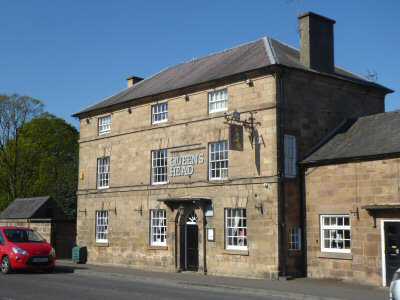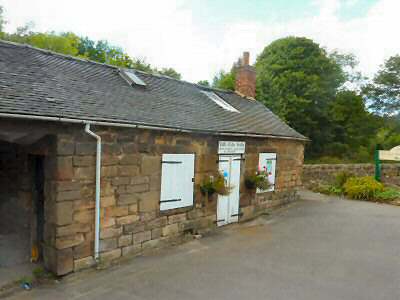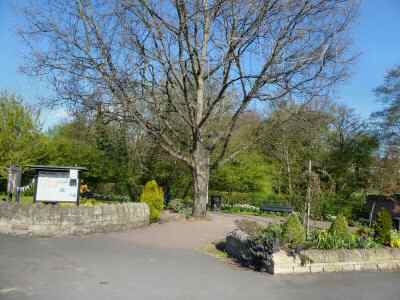LITTLE EATON
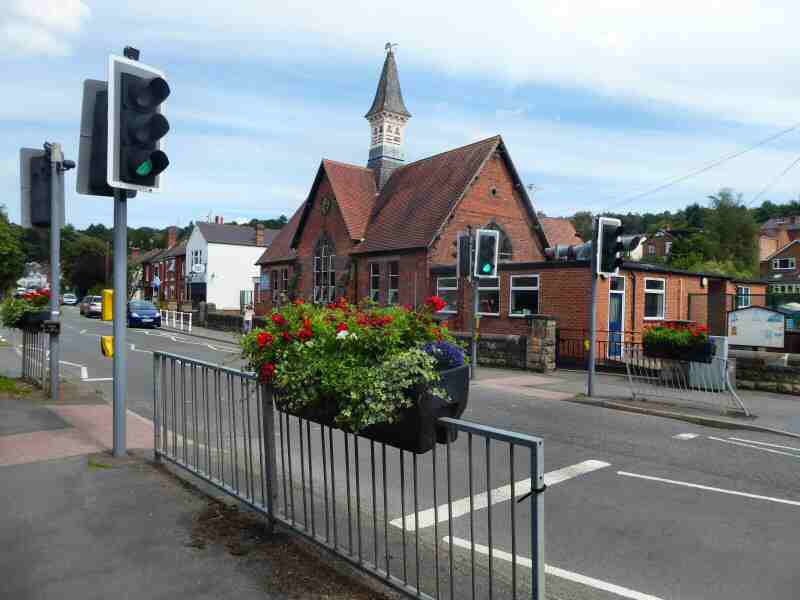
INFORMATION
Where is it? – Little Eaton is located on the B6179, just to the north of Derby. Easy access is available from the A38 both on the northern and southern sides of the village.
What to do? – Enjoy a wander around the village and pick out some of the points of interest shown on the map at the corner of Alfreton Road and The Town – visit Derby Garden Centre situated on the southern outskirts of the village.
Where to eat? – There are several pubs and restaurants to enjoy refreshments.
Other places to visit
Derby Cathedral is exceptionally beautiful. Light and spacious inside, the iron screen by Robert Bakewell is an inspirational masterpiece in this proud and beautiful building. Visit the Cathedral Centre to admire the Cathedral’s treasures. Climb to the top of the tower for breathtaking views on a selected open day – For those with time to explore – Belper a picture quickly emerges of a small town so rich in industrial heritage that it is not only of national importance but occupies a pre-eminent position on the world stage. Belper is indeed an important part of the Derwent Valley, which is universally recognised as the Cradle of the Industrial Revolution and now holds World Heritage Status. In 2014, Belper won the hugely prestigious ‘Great British High Street’ award. The judges said it was an example of how town centres can be transformed – Visit the small market town of Wirksworth which does not perhaps make much impact on the busy traveller driving through. All those visitors, however, with time to explore the narrow streets and maze of interesting alleyways. To admire the old buildings and lovely views, to visit the ancient church and its cathedral-like close, will soon find themselves falling in love with this fascinating old town.
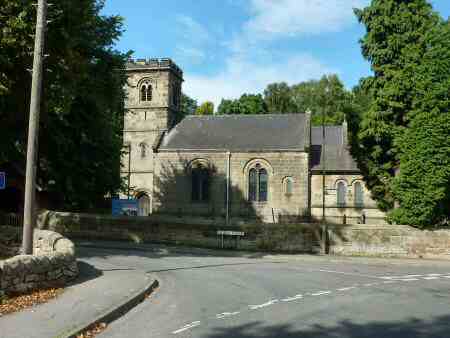
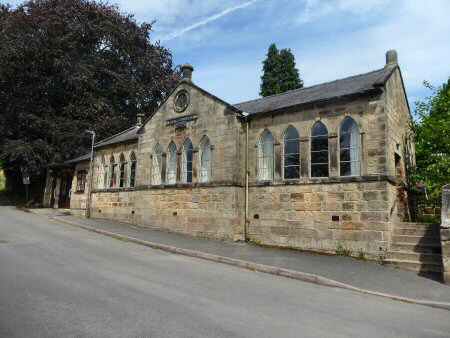
PROFILE
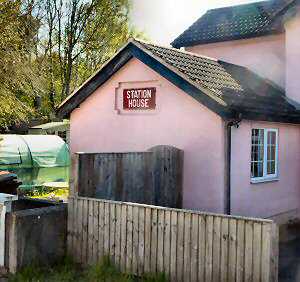
Little Eaton lies between the River Derwent and Bottle Brook, four miles north of Derby. It has expanded rapidly in recent years as a commuter village. Still, it does retain a measure of independence with two busy industrial estates, one between the New Inn and Clock House, and the other close by the former station goods yard. A good spread of shops, a primary school, three pubs and other amenities are well catered for in what is a very thriving community. St Peter’s Park, which was given to the village by Thomas Bates in 1902, provides excellent sporting facilities and a home for the village hall.
DERBY CANAL
Little Eaton’s economy was boosted by the opening of an arm of the Derby Canal, which ended at the Clock House, the home of the canal agent, on the southern side of the village. This was followed by Benjamin Outram laying one of the earliest railways in the world, which ran from Little Eaton to the collieries at Kilburn and Denby.
Four horses pulled six to eight wooden-wheeled trucks laden with coal, for over a century, until its closure in 1908. The track along which the trains were hauled to the canal boats was called the ‘Little Eaton Gangway.’ It ran behind the Queen’s Head and parallel to the main street. Little remains, but the path can be seen running under the east arch of the quaintly named Jack O’Darley Bridge.
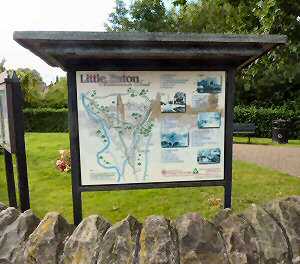
QUARRIES
Quarrying was one of Little Eaton’s earliest industries and although all the quarries have now closed, there is still evidence of their workings in the hills on either side of the Bottle Brook. The various types of gritstone extracted were used for a variety of purposes, including whetstones for sharpening scythes, roofing, paving and building. Stone was used in the building of Derby Cathedral and Trent Bridge at Nottingham and Birmingham Town Hall.
The quarries at Rigga Lane and the Blue Mountains were still in business nearly 100 hundred years ago. Riga Lane quarry can be viewed from the footbridge that spans the workings. The Blue Mountains are named after the bluebells that carpet the surrounding woodland in spring. T.H. Barton, the owner of the Blue Mountains Quarry, left the quarry to form the well-known local bus company that bears his name.
PECKWASH MILL
There was a working corn mill on the site of the present Peckwash Mill in the 13th century. By the 17th century the mill had turned to paper making under the ownership of Thomas Tempest, but also continued to grind corn until 1793. The mill was rebuilt with turbines replacing water wheels, and it became one of the biggest paper mills in the country. A magnificent brick chimney was erected in 1895, but this led to a local man obtaining a permanent injunction preventing the emission of smoke from the chimney. This resulted in the business going into liquidation. The mill was later utilised for lace and glove making but later became derelict. Until, in 1991, having lain derelict for over 40 years, before it was bought by an industrialist and turned into a private residence.
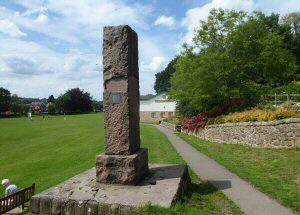
ST PAUL’S CHURCH
St Paul’s Church was built in 1791, with money raised by voluntary subscription. Its Lychgate serves as a memorial to the men who fell in the First World War. Their names together with those who lost their lives in the Second World War are inscribed on plaques inside the gate. To the west of the church is the Parish Room which was originally the National School but is now used for local activities
EXCURSIONS
In the early 1900s, Little Eaton was a popular excursion for Derby people at weekends and holiday times. The Trent bus service ran a shuttle service to the annual fair at Easter and has been known to carry as many as 12,000 people in one day. A two-penny ride on the Derby Canal to Coxbench Wood was another highlight. Also train trips or canal rides to local woods, quarries and tearooms were very popular on Sundays and Bank Holidays.
